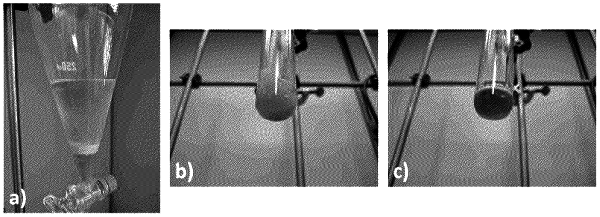| CPC C07C 67/03 (2013.01) [B01J 23/02 (2013.01); B01J 35/40 (2024.01); B01J 35/50 (2024.01); B01J 35/613 (2024.01); B01J 35/615 (2024.01); B01J 37/088 (2013.01)] | 18 Claims |

|
1. A transesterification catalyst comprising partially or fully calcined surface-reacted calcium carbonate, wherein the calcination is carried out at a calcination temperature of at least 650° C.,
wherein the transesterification catalyst has a specific surface area of from 15 to 200 m2/g, measured using nitrogen and the BET method according to ISO 9277:2010, and
wherein the surface-reacted calcium carbonate is a reaction product of ground natural calcium carbonate containing mineral (GNCC) or precipitated calcium carbonate (PCC) with carbon dioxide and one or more H3O+ ion donors and wherein the carbon dioxide is formed in situ by a reaction with the H3O+ ion donors and/or is supplied from an external source, and
wherein the surface-reacted calcium carbonate has a specific surface area of from 15 to 200 m2/g, measured using nitrogen and the BET method according to ISO 9277:2010.
|